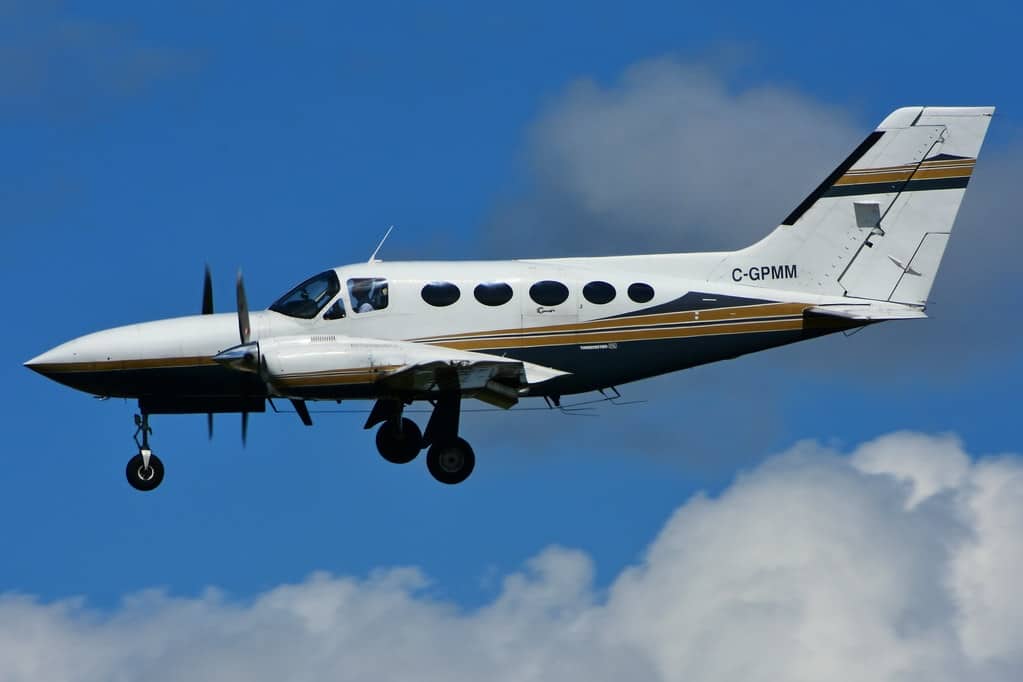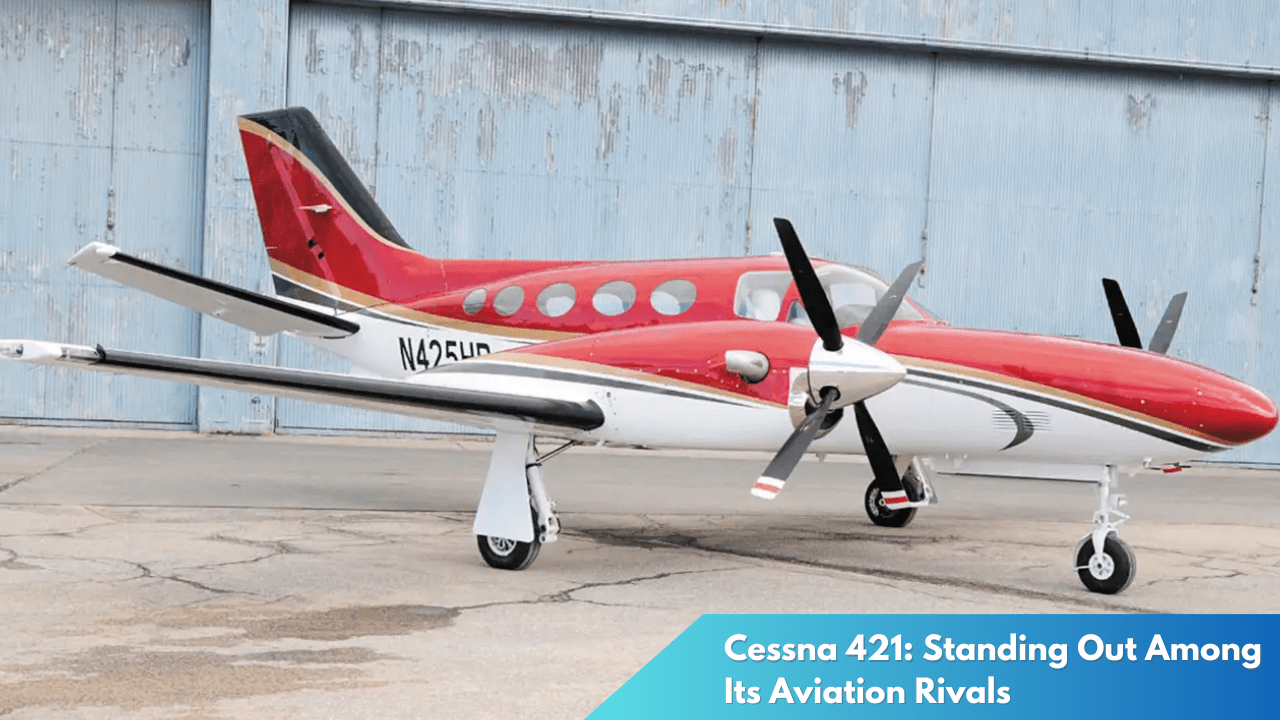Cessna 421: Standing Out Among Its Aviation Rivals
In the realm of general aviation, the Cessna 421 has consistently been recognized as a standout performer, drawing admiration from pilots and experts alike. Its reputation as a reliable, high-performing twin-engine aircraft has made it a favorite among those seeking both comfort and capability. This article delves into what makes the Cessna 421 a benchmark in its class and explores how it continues to surpass aviation standards.
Cessna 421: A Benchmark in Twin-Engine Aircraft

The Cessna 421, affectionately known as the “Golden Eagle,” made its debut in the late 1960s, quickly establishing itself as a hallmark of sophistication and engineering prowess. Powered by two piston-driven Continental GTSIO-520-D engines, the aircraft boasts a cruising speed of around 240 knots, a remarkable feat that positions it favorably against many of its contemporaries. This impressive speed, combined with a range of approximately 1,500 nautical miles, makes the Cessna 421 an ideal choice for business travelers and adventurous pilots alike who require efficiency and reliability.
What truly sets the Cessna 421 apart from other twin-engine aircraft is its focus on passenger comfort and advanced avionics. The cabin is pressurized, offering a significant advantage for passengers accustomed to the comfort of commercial flights. This feature allows for higher altitude travel, reducing turbulence encounters and making for a smoother journey. The spacious interior is designed to accommodate up to eight passengers in plush seating arrangements, highlighting Cessna’s commitment to luxury and practicality.
Another key aspect of the Cessna 421’s benchmark status is its advanced flight systems. Over the years, the Golden Eagle has seen numerous upgrades to its avionics, integrating state-of-the-art navigation and communication technologies. These enhancements provide pilots with improved situational awareness and safety, further solidifying the Cessna 421’s reputation as a leader among twin-engine aircraft. From its inception, this aircraft has not only met the demands of its users but also raised the bar for what a twin-engine piston aircraft can achieve.
How the Golden Eagle Surpasses Aviation Standards


The Cessna 421 continues to set itself apart by exceeding aviation standards in both performance and design. One of its standout features is the aircraft’s ability to handle a variety of weather conditions, a testament to its robust engineering and reliable powerplants. The Golden Eagle’s pressurization system allows it to climb above inclement weather, ensuring smoother flights and enhancing its appeal compared to non-pressurized competitors.
Furthermore, the Cessna 421’s design includes a well-balanced combination of aerodynamics and structural integrity, contributing to its impressive performance metrics. The aircraft’s T-tail configuration improves stability and control, particularly during take-off and landing phases. This design detail not only enhances flight safety but also reduces pilot workload, making the aircraft more accessible to a broader range of aviators, from seasoned professionals to private pilots expanding their horizons.
Safety and innovation have consistently been Cessna’s guiding principles, and the 421 is no exception. The integration of modern avionics and safety systems, such as weather radar and autopilot capabilities, ensures that pilots have access to cutting-edge tools that simplify navigation and boost operational safety. These systems keep the Golden Eagle ahead of many of its rivals, maintaining its status as a preferred aircraft within the general aviation community. The Cessna 421’s blend of comfort, performance, and innovation ensures it remains a formidable presence in the skies.
In conclusion, the Cessna 421 Golden Eagle exemplifies what a twin-engine aircraft can achieve, striking a balance between performance, comfort, and technological advancement. Its enduring appeal is a testament to Cessna’s commitment to excellence and its ability to adapt to the evolving needs of aviators. As it continues to soar above its competitors, the Cessna 421 remains a symbol of innovation and a benchmark for future developments in the world of aviation.



